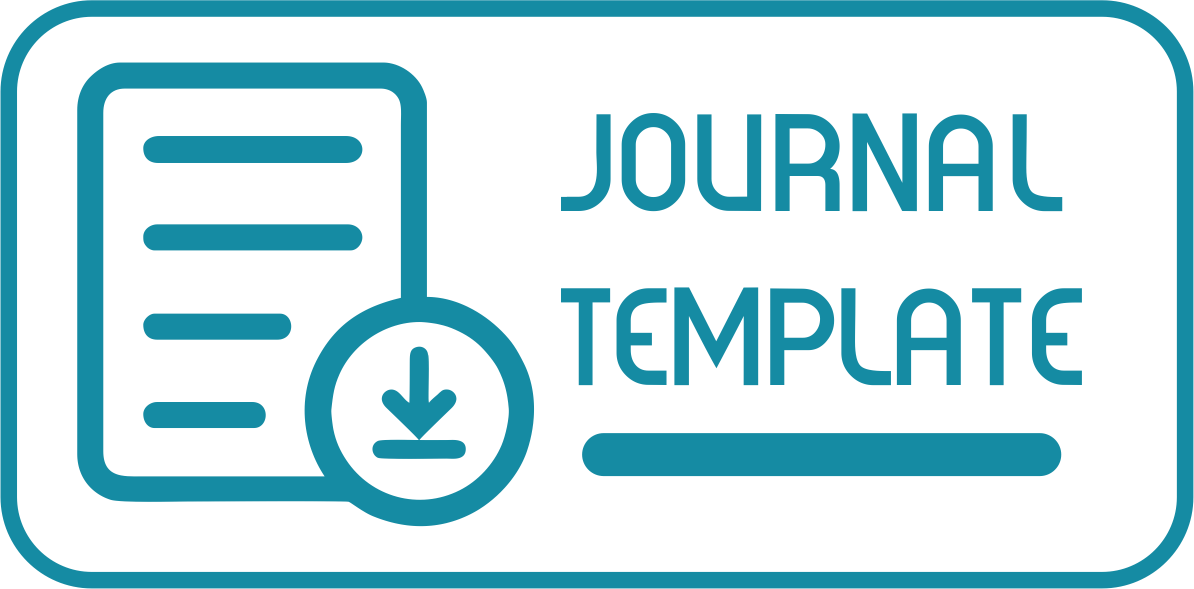PEMBENTUKAN RELIGIUSITAS ASWAJA AL-NAHDLIYYAH BAGI SANTRI DI SMP RAUDATUL ULUM 2 PUTUKREJO GONDANGLEGI MALANG
DOI:
https://doi.org/10.35897/intaj.v5i2.640Keywords:
Religiousity, Aswaja, learning, Raudlatul Ulum 2 PutukrejoAbstract
The characteristics of Aswaja education are the same as the main characteristics of NU teachings, namely teachings that prioritize the principle of tawassuth (middle way), which can be complemented by i'tid?l (straight path) and taw?zun (proportional).
Qualitative research method is a research method based on the philosophy of postpositivism, used to examine the condition of natural objects, (as opposed to experiments) where the researcher is the key instrument, data collection techniques are carried out by triangulation (combined), data analysis is inductive/qualitative.
It is an educational institution that develops a local curriculum with religious values ??and activities, including daily habits, such as reading the letters of Jami 'as-Sharif and prayer before starting learning, praying in congregation at Zuhur, and praying Duha. Monthly activities, such as khataman al-Qur'an, tomb pilgrimage and istighosah.
Raudlatul Ulum Junior High School in the Raudlatul Ulum Islamic Boarding School 2 Putukrejo Gondanglegi Malang is affiliated with the Nahdlatul Ulama (NU) organization. The development of Aswaja local content was developed at RU SMP, describing several points related to learning plans and adjusting student characteristics, school conditions, and the pesantren environment. The strengthening of Aswaja NU's local content is strengthened by the creation of an integrated learning system implementation between RU SMP and Pondok Pesantren.
Downloads
References
Arifin, Zainal. 2013. Konsep dan Model Pengembangan Kurikulum, Bandung: PT. Rosdakarya
Chossudovsky, Michael. 1997. The Globalization of Poverty: Impact of IMF and World Bank Reforms. Penang: Third World Book.
Jurnal Pesona Dasar. (2015). Universitas Syiah Kuala, Vol. 3 No. 3, April 2015
Lembaga Pendidikan Maarif NU Kabupaten Malang. 2012. Buku Pendidikan Agama Lembaga Pendidikan Ma’arif NU Kabupaten Malang, Malang; Edutama Mulia.
Moedjiono, Imam. 2002. “Konsep dan Implementasi Islam Terpadu.” JPI FIAI Jurusan Tarbiyah, 07 (05): 78-86
Moleong, Lexy J. 2010. Metodologi Penelitian Kualitatif: Edisi Revisi, Bandung: Remaja Rosdakarya
Muchtar, Masyudi, dkk., 2007. Aswaja An-Nahdliyah, Ajaran Ahlussunnah wa al-Jama’ah yang Berlaku di Lingkungan Nahdlatul Ulama, Surabaya: Khalista dan LTN NU Jawa Timur
Muzadi, Abdul Muhith. 2007. NU: dalam Prespektif Sejarah dan Ajaran, Surabaya: Khalista.
Nurliadin, dkk., 2017. Pengurus NU Wilayah Lembaga Pendidikan Ma’arif Nahdlatul Ulama Daerah Istimewa, Yogyakarta: Cetakan 1
PP No. 55 Tahun 2007 Pasal 3 dan Pasal 4
Setiawati, Rizky. 2014. “Dinamika Religiusitas Muslim di Sekolah Non Muslim (Studi Kasus 3 Siswa Muslim di SMA Santo Thomas Yogjakarta)”, Skripsi, Yogyakarta: Fakultas Tarbiyah UIN Sunan Kalijaga
Sholichin, Eka Ahmad, https://lampung.tribunnews.com/2018/09/09/apa-makna-ahlus-sunnah-wal-jamaah. (diakses, 16 April 2021)
Sugiyono, 2014. Metode Penelitian Kuantitatif Kualitatif dan R&D, Bandung: ALFABETA
Suyatno. 2013. “Sekolah Islam Terpadu; Filsafat, Ideologi, dan Tren Baru Pendidikan Islam di Indonesia.” Jurnal Pendidikan Islam, 02 (02): 355-377. DOI: 10.14421/jpi.2013.22.355-377
Undang-undang RI No. 20 Tahun 2003, Undang-undang Sistem Pendidikan Nasional (Jakarta: Sinar Grafika, 2007), 2.
https://lektur.id/arti-pembentukan/
https://dapo.dikdasmen.kemdikbud.go.id/sekolah/51D172CAD6EF7C22CD5C (diakses, 17 April 2021)
https://www.schoolandcollegelistings.com/ID/Malang/477441508965374/SMP-Raudlatul-Ulum-Gondanglegi (diakses, 19 April 2021)
Downloads
Published
How to Cite
Issue
Section
License
Copyright (c) 2021 Muhammad Madarik, Hairul Puadi

This work is licensed under a Creative Commons Attribution-NonCommercial 4.0 International License.







